In the big picture of the earth's ecosystem, how much good can one person do in their small corner of the world? Quite a bit, as it turns out. How you go about achieving that good—whether it be by making overall changes and trusting that those changes will make the ecosystem in general healthier, or by targeting a specific area and concentrating on making a difference there—living as if our choices make a difference is, in itself, an important choice.
Tim Wong, a biologist with the California Academy of Science, made the choice to target a very specific member of the ecosystem with his efforts. The results are a demonstration of what a concentrated, thoughtful, and well-implemented effort can achieve.
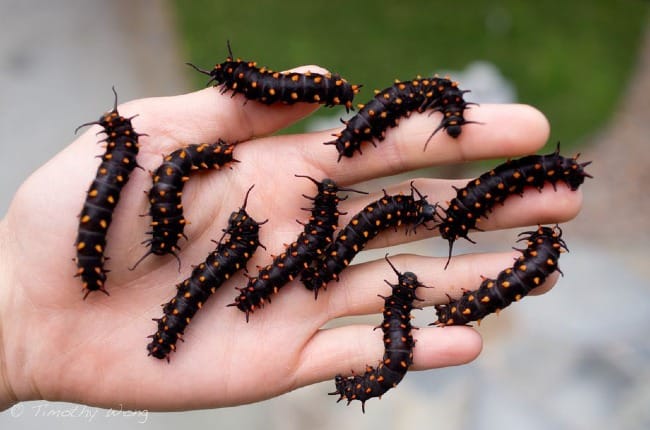
The What
The species Wong concentrated on is the California Pipevine Swallowtail (Battus philenor hirsuta), a butterfly that is native to California, and in particular the Bay Area, where it has been pushed out as the population and city boundaries have grown. It had, in fact, become very rare in the area.

It is a large and showy butterfly with a wingspan of 2.75-5 inches, with dark wings as seen from above and iridescent blue or blue-green back wings. There are light spots on the edges of both front and back wings, with seven bright orange spots near the edge of the wing undersides.
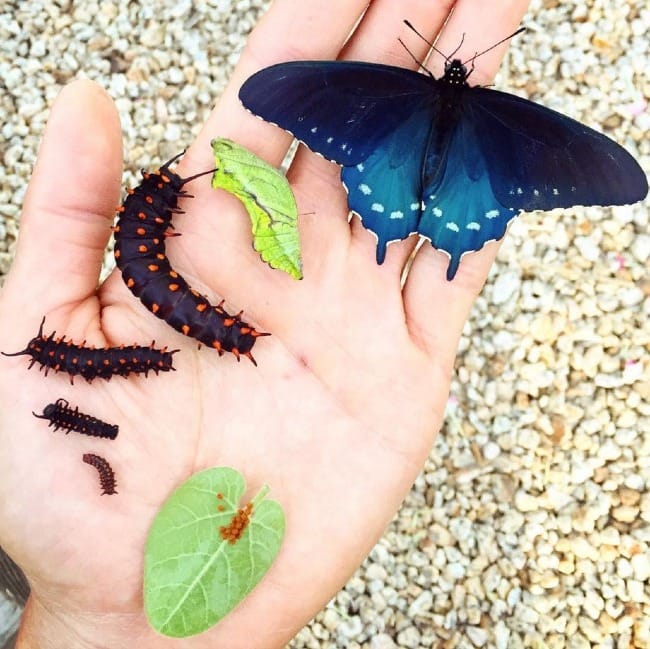
The Why
Wong's interest in butterflies developed early, starting with a kindergarten project in which his class raised Painted Lady butterflies. He was fascinated by the life cycle of larvae to caterpillar to butterfly and this fascination lasted throughout his childhood, drawing him to meadows near his house where he spent time studying butterflies, catching them, and raising them.
This passion continued into adulthood, which is when he found out about the steep decline in the California Pipevine Swallowtail population. He cared enough to invest his time, energy, and backyard into changing the trajectory of its population.
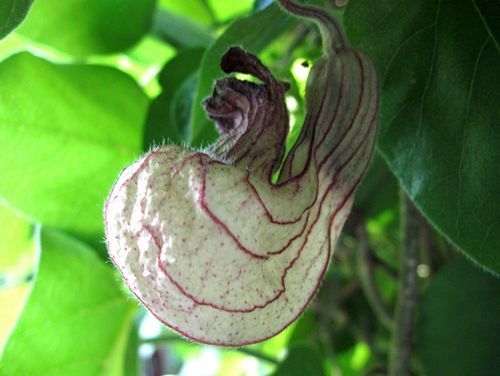
The How
To help a specific species thrive requires a specialized knowledge of the species' natural history, a natural sensibility, and a lot of tedious work. Others in the local area had tried to revive this particular species in this particular area but had failed, meaning there was no guarantee that Wong's hard work wouldn't be wasted. But he did it anyway.
In order to assist the species' survival, Wong first educated himself on its very particular tastes and needs. The California Pipevine Swallowtail depends solely upon the leaves of the California Pipevine (Aristolochia californica or California Dutchman's-pipe) in its caterpillar stage. Females lay eggs on the pipevine stem and growing tip, where the eggs hatch into caterpillars which gorge on the leaves of the plant. The leaves contain a toxin that the caterpillars can tolerate; in fact, the toxin remains in its system through all its life stages and deters some of it's potential predators.
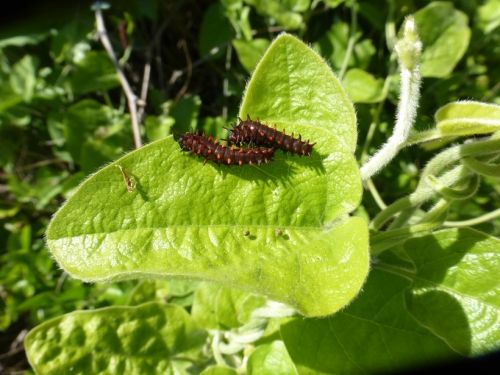
Since this is the only plant these caterpillars eat, Wong needed to search out specimens of that plant for the butterfly habitat and nursery he planned to create in his backyard.
The plants were not easy to find (probably explaining the rarity of the butterflies as well). Eventually he found some at the San Francisco Botanical Garden and was allowed to take clippings of the plant, which he then propagated and grew at his home. After establishing the plants, he built a backyard habitat and surrounded it with a large screen enclosure, creating a greenhouse, which allowed him to carefully control the environment, adjusting as necessary, and also protect the butterflies from some of its predators. After locating 20 caterpillars in area backyards, and getting permission from the landowners, he transported those 20 caterpillars into his backyard sanctuary. He is well beyond 20 caterpillars now.
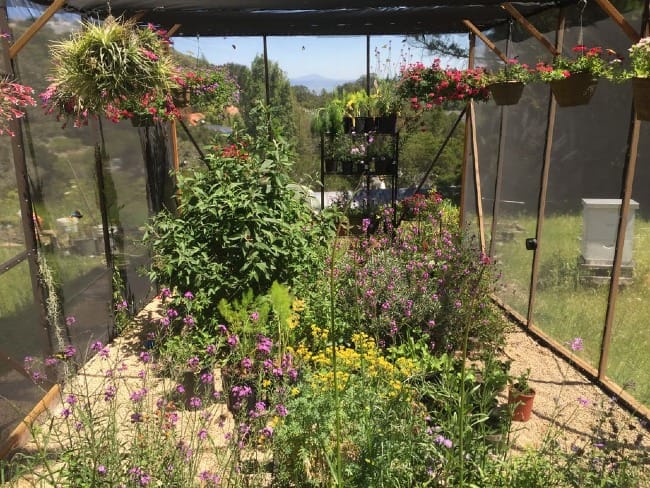
The Outcome
What Wong started in 2012 has thrived under his diligence. Avoiding herbicides and pesticides, pulling weeds by hand, propagating and growing hundreds of pipevines for the caterpillars, as well as growing additional nectar-producing plants for the mature butterflies, has led to successful cultivation. As the project thrived, he started relocating hundreds of his butterflies into spaces such as the California Native exhibit of San Francisco's Botanical Garden (the source of his original cuttings). He now reintroduces thousands of the butterflies every few months into this space.
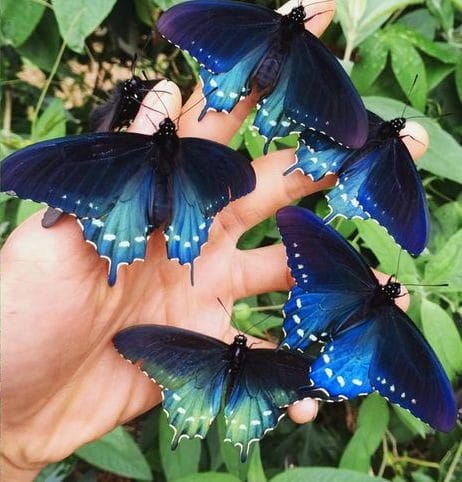
As with anything that is part of the ecosystem, the butterfly is not an isolated creature. After the butterflies were reintroduced into the San Francisco Botanical Gardens, workers noticed that they were one of the main pollinators on the garden's California Buckeye Tree, trees which been experiencing low fruit production. After the swallowtails were reintroduced, fruit production increased substantially. As Wong says, "When you bring back a species, you’re bringing back a component to an ecosystem that may have been lost or reduced over time." When parts of the ecosystem disappear, other parts are affected. When parts are saved, other parts benefit.
The Lesson
Wong is an example of how a single person, with concerted effort, changed the outcome for a species, but Wong himself points out that this is not the only way to have a positive effect on the ecosystem.
Wong himself says that his way "isn’t for everyone" and points out that there are simpler ways to help local species, such as a particular butterfly species, flourish. Local species depend on native habitat, so restoring native host plants that have been depleted helps boost native butterfly populations. Weeding (which allow easier access to food sources) and avoiding pesticides are also beneficial. "Improving habitat for native fauna is something anyone can do," Wong says. "Conservation and stewardship can start in your very own backyard."
Are you aware of vulnerable species in the area where you live? Have you found ways to you might help them thrive? Have you found ways to work with neighbors to even have a greater positive effect on the ecosystem?
Feel free to email me at info@circlewood.online or leave a comment below.
Louise
